New US tariff a fresh blow to our exports
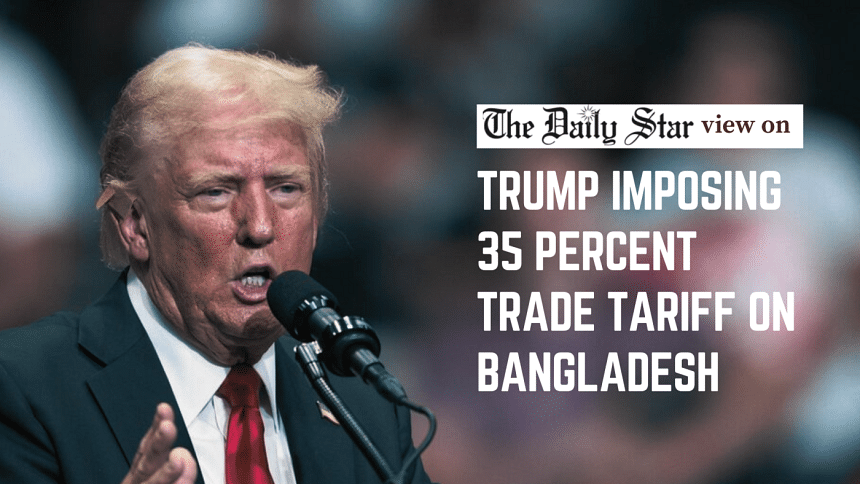
We are deeply concerned by the imposition of a steep 35 percent tariff on Bangladeshi goods entering the US market from August 1. This marks a new phase in the trade war launched by President Donald Trump earlier this year. Although the 35 percent rate is a slight improvement from the 37 percent initially proposed, it is still far above the 20 percent that Dhaka had hoped to secure. In fact, Bangladesh is among the hardest-hit countries in the latest round of US trade actions that imposed duties ranging from 25 to 40 percent.
Over the past few months, much has been made of the likely impacts of tariff pressures on our apparel sector. True, the sector is still well-positioned in the US market. As a global leader in low-cost, basic to mid-range garments, Bangladesh's products remain attractive to American retailers. Since the "reciprocal" tariff announcement on April 2, a new cost-sharing model has reportedly emerged among suppliers, fabric manufacturers, and retailers. Each party is apparently bearing a portion of the tariff burden, thus preventing the extra cost from falling entirely on one segment of the supply chain. Moreover, although Vietnam secured a lower, 20 percent tariff from the US, a steep 40 percent tariff slapped on any transshipped goods routed through Vietnam—targeting China's rerouting strategies—could work in our favour. Vietnam's capacity limits, as well as India's, may also benefit Bangladesh.
That said, even the cumulative effects of all these factors may not be enough to fully offset a steep tariff's pressure. As an apparel manufacturer has told this daily, "it is a major blow for Bangladesh if it remains same." Our limited leverage in bilateral discussions with the US government is a reality we must acknowledge. However, that should not discourage us from continuing to push for a fairer deal. A Bangladeshi delegation currently remains in Washington for last-ditch talks, with the next discussion scheduled for July 9. Bangladeshi officials are hopeful that the latest tariff is not "a final decision", and that something good may come out of ongoing negotiations. President Trump's subsequent statement that the August 1 deadline is "not 100 percent firm" also provides a narrow but critical window of opportunity to reach a mutually beneficial outcome.
Naturally, the immediate goal is reducing the 35 percent tariff as much as possible, but we must also look at the bigger picture. To absorb such tariff pressures and thrive in a post-LDC, protectionist world, Bangladesh should use this crisis as an opportunity to address systemic barriers such as poor infrastructure, inconsistent energy supply, corruption, cumbersome tax regulations, etc. These longstanding issues must now be seen in the context of global competitiveness. We, therefore, urge the government to focus simultaneously on securing a better deal in Washington and laying the groundwork at home for a more resilient and diversified export economy.

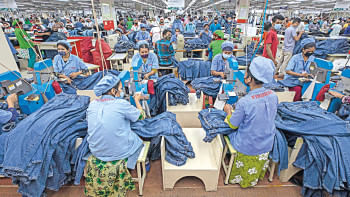
 For all latest news, follow The Daily Star's Google News channel.
For all latest news, follow The Daily Star's Google News channel. 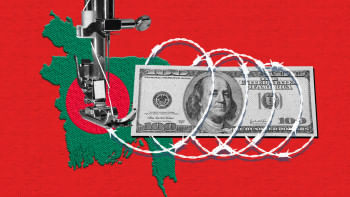
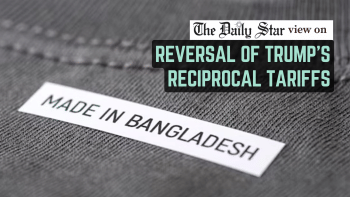



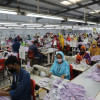

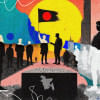
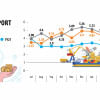


Comments